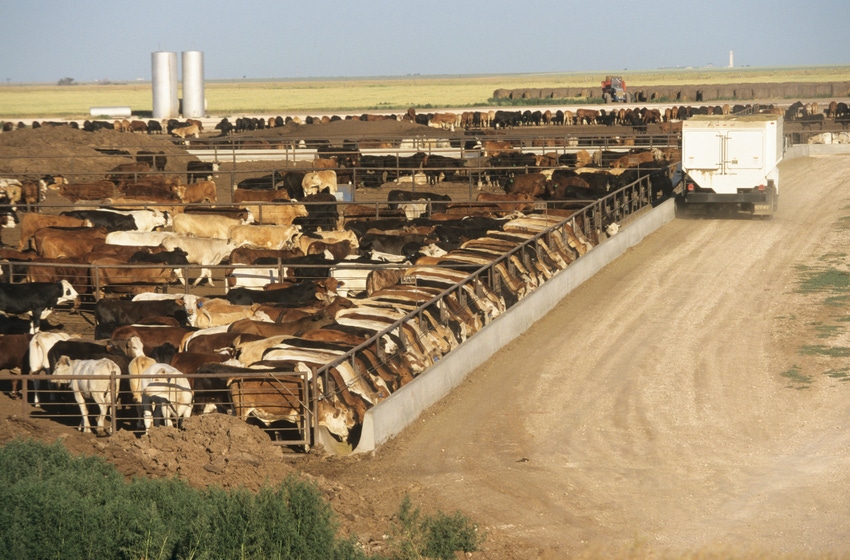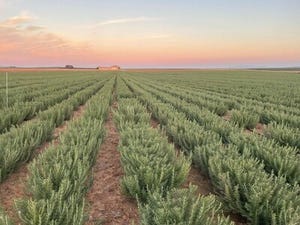Feedlot placements surprise the market
Ongoing dryness likely the culprit for larger-than-expected placements.

The U.S. Department of Agriculture released the latest “Cattle on Feed” report on Friday, showing feedlot inventory totaled 11.6 million head on June 1, 2023, down 3% from June 1, 2022. While this was in line with the pre-report trade estimate, placements levels were a different story. According to the report, placements during May totaled 1.96 million head, 5% above 2022. Analysts had expected only a 2% increase.
USDA livestock analyst Shayle Shagam explained that “some very strong pockets of dryness, especially in the Southern Plains,” likely contributed to the larger-than-expected rise.
Josh Maples, assistant professor and Extension economist at Mississippi State University, reported that the largest increase was in Nebraska where placements were 14% higher than last May. With placements up double digits in all weight categories in Nebraska, he said drought almost certainly was a factor.
Shagam noted that almost all weight categories in the overall report showed increases. Of particular note, he said a rise in heavier weight placements may suggest that producers who had retained heifers decided they didn’t have the “forage or wherewithal to breed them and carry them forward.”
Marketings of fed cattle during May totaled 1.95 million head, 2% percent above 2022 and in line with expectations.
Feeder prices luring more cattle into feedlots
Feedlot returns were very strong during May and have been positive for a lot of the year, which Shagam said has brought very strong demand for calves. Right now, calves weighing 750-800 lbs. are selling for about $220/cwt. in Oklahoma City, which compares to $163/cwt a year ago, he said.
“Very strong demand is reflected in that high price, and apparently, given the fact that feedlots have had good returns, they’re willing to pay to keep those animals coming into the feedlot.”
Looking ahead, Maples said it will be interesting to watch where the feedlot numbers go during the summer months.
“Cattle on feed numbers typically decline in the summer and reach their seasonal low point around August before beginning to expand again for the fall. Just how low that low point is this year, and the percentage of heifers, will be informative for discussions on cattle and beef supplies,” he said.
About the Author(s)
You May Also Like





